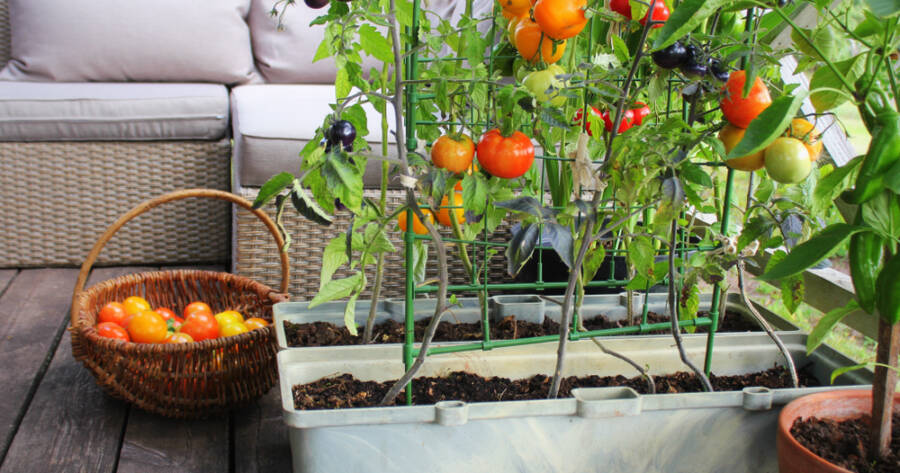Growing your own vegetables at home is a rewarding way to enjoy fresh, healthy produce while connecting with nature. Whether you have a backyard garden, a balcony, or just a small windowsill, starting a vegetable garden is possible for anyone with the right approach. With a bit of planning, the right tools, and proper care, you can grow a variety of delicious vegetables even in limited spaces. This guide will walk you through the basics to help you get started.
Choosing the Right Location and Setup
Before planting, selecting the right location is crucial for a successful garden. Vegetables thrive in areas with plenty of sunlight, so choose a spot that gets at least six hours of direct sunlight each day. If you have a backyard, raised garden beds or traditional in-ground plots work well. For those with limited space, container gardening is a fantastic option, allowing you to grow vegetables in pots, grow bags, or vertical planters on a balcony or patio. Indoors, herbs and small vegetables can be cultivated near a sunny window or under grow lights.
Selecting the Best Vegetables for Beginners
Some vegetables are easier to grow than others, making them perfect for beginners. Leafy greens like lettuce, spinach, and kale are fast-growing and require minimal maintenance. Root vegetables such as carrots, radishes, and beets grow well in deep containers and can thrive in various climates. Tomatoes, peppers, and zucchini are great choices for container gardening and can yield a generous harvest with proper care. Herbs like basil, parsley, and chives are also excellent for beginners and can be grown indoors or outdoors.
Preparing Soil and Choosing Containers
Healthy soil is the foundation of a productive vegetable garden. If planting in the ground or in raised beds, enriching the soil with compost or organic matter improves fertility and drainage. Container gardening requires a high-quality potting mix that retains moisture while allowing for proper airflow. Ensure that containers have drainage holes to prevent waterlogging, which can lead to root rot. For an eco-friendly approach, repurpose household items like buckets, wooden crates, or hanging baskets as plant containers.
Planting and Caring for Your Vegetables
Once the garden setup is ready, it’s time to plant. Directly sowing seeds or using starter plants depends on the vegetable type and growing conditions. Follow spacing guidelines on seed packets or plant labels to avoid overcrowding, which can stunt growth. Watering is essential, but overwatering can be harmful, so aim for consistent moisture without soaking the soil. Mulching with straw or wood chips helps retain moisture and prevents weeds from taking over. Regularly checking for pests and diseases ensures plants stay healthy and productive throughout the season.
Harvesting and Enjoying the Rewards
Knowing when to harvest is key to enjoying vegetables at their peak flavor. Leafy greens can be picked continuously as needed, while root vegetables should be gently pulled from the soil once they reach the desired size. Tomatoes and peppers ripen on the vine and should be harvested when they develop rich color and a slight softness. Freshly picked vegetables taste better and provide more nutrients than store-bought produce, making all the effort worthwhile. With a little patience and care, growing your own vegetables can become a fulfilling and sustainable habit for years to come.

